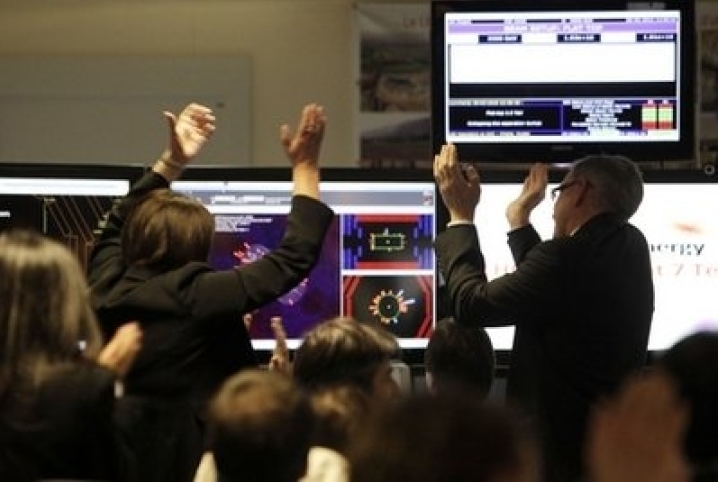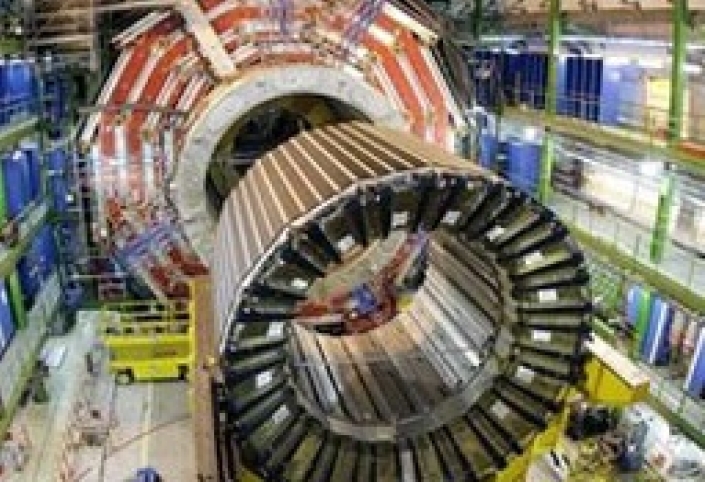It’s being touted as “a Genesis machine” – the Large Hadron Collider, which on Tuesday forced two proton beams to cross in an effort to bring scientists one "huge step" closer to seeing how the creation of the universe might have looked like.
“It’s a great day to be a particle physicist,” commented Rolf Heuer, director of the European Organization for Nuclear Research (CERN), which used the LHC’s powerful superconducting magnets to collide the two proton beams.
With the record-shattering collision energies created Tuesday, scientists say the hunt has officially begun for dark matter, new forces, new dimensions and the Higgs boson, a hypothetical particle - often called the God particle - that scientists theorize gives mass to other particles and thus to other objects and creatures in the universe.
They say results from Tuesday’s proton collisions by the world’s largest atom smasher and the upcoming lead-ion collisions later this year will give them new insights into the nature of the strong interaction and the evolution of matter in the early Universe.
“We’ll address soon some of the major puzzles of modern physics like the origin of mass, the grand unification of forces and the presence of abundant dark matter in the universe,” reported Guido Tonelli, spokesperson for the Compact Muon Solenoid (CMS) experiment, one the LHC’s four major experiments. “I expect very exciting times in front of us.”
CERN scientists have tried twice before to get the LHC to begin colliding subatomic particles but had to postpone due to electrical failures.
For over 15 years, scientists have been looking forward to using the LHC to accelerate two beams of protons to near light speed around its 17-mile chamber and then smash the particles into each other in hopes of creating concentrations of energy which they believe would mimic the seconds after the Big Bang.
On Tuesday, protons were accelerated to more than 99 percent of the speed of light and to energy levels of 3.5 trillion electron volts apiece.
“A lot of people have waited a long time for this moment," commented Heuer on Tuesday, "but their patience and dedication is starting to pay dividends.”
Over the next 18 to 24 months, CERN plans to run the LHC with the objective of delivering enough data to the experiments to make significant advances across a wide range of physics channels.
As soon as they have "re-discovered" the known Standard Model particles, a necessary precursor to looking for new physics, the LHC experiments will start the systematic search for the Higgs boson with the hope of gaining insights into the nature of the strong interaction and the evolution of matter in the early Universe.
“The LHC has a real chance over the next two years of discovering supersymmetric particles,” explained Heuer, “and possibly giving insights into the composition of about a quarter of the Universe.”
Headquartered in Geneva, CERN is the world's leading laboratory for particle physics. At present, its member states are Austria, Belgium, Bulgaria, the Czech Republic, Denmark, Finland, France, Germany, Greece, Hungary, Italy, Netherlands, Norway, Poland, Portugal, Slovakia, Spain, Sweden, Switzerland and the United Kingdom.
India, Israel, Japan, the Russian Federation, the United States of America, Turkey, the European Commission and UNESCO have observer status.









